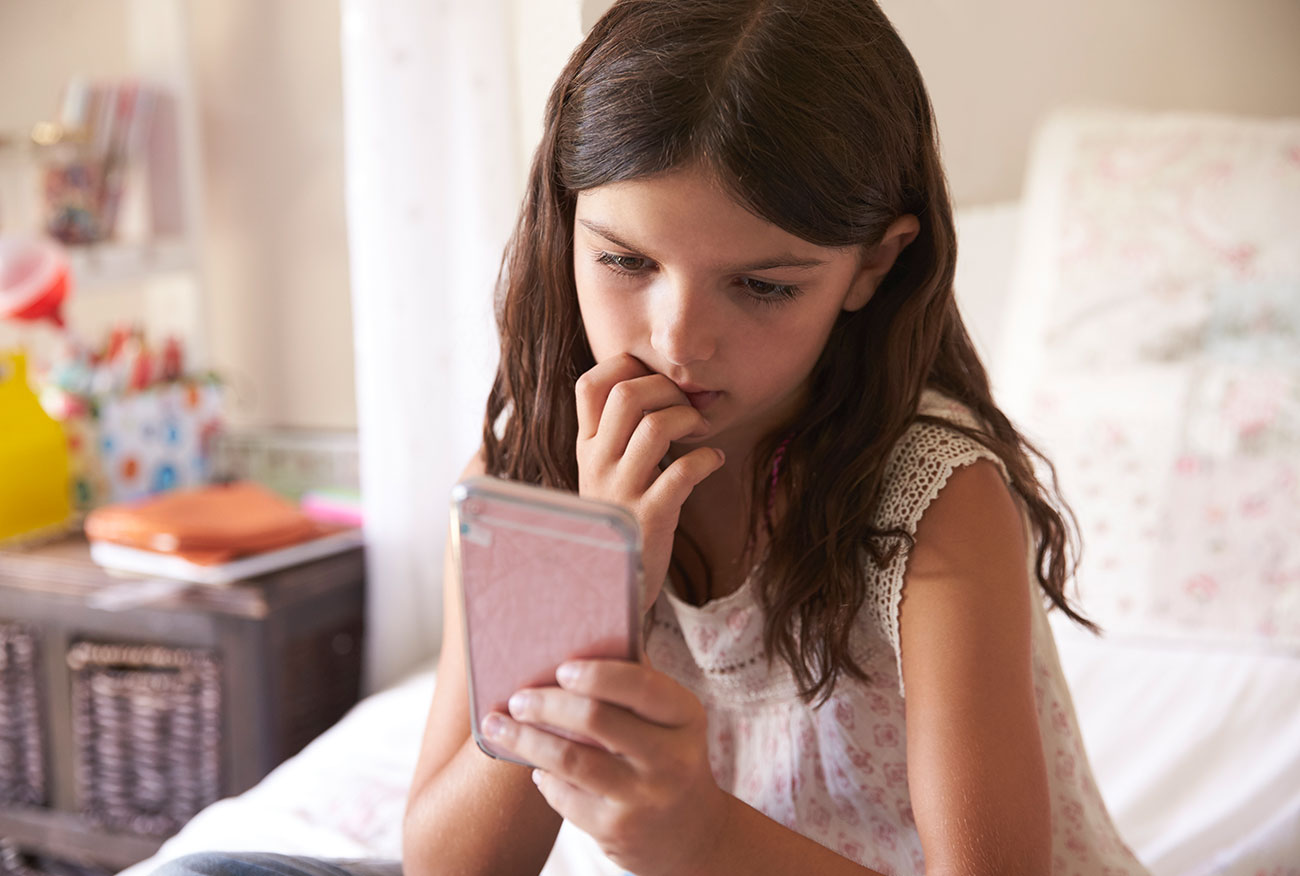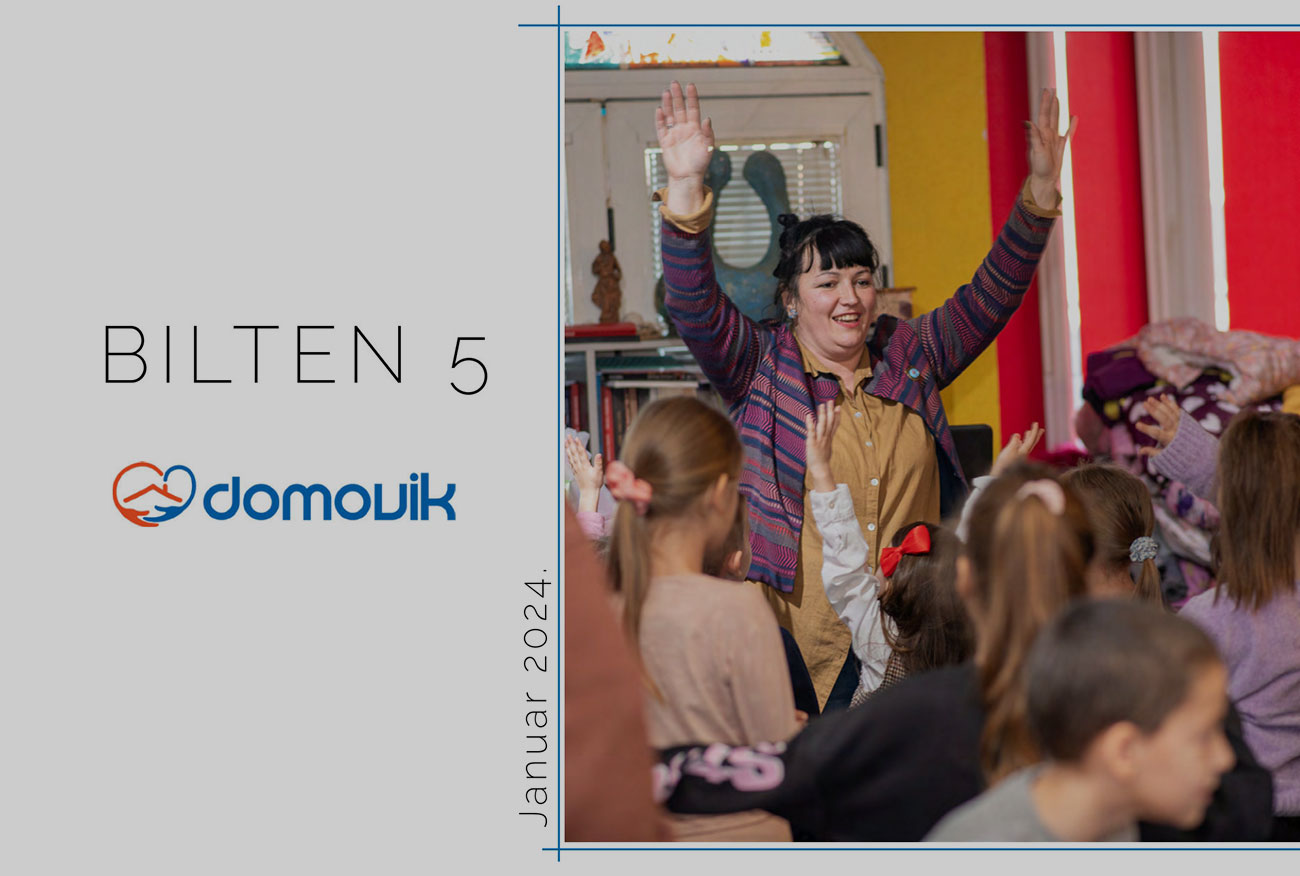
Addressing Cyberbullying through Education
Since we live in a digital era where people communicate through mobile phones, tablets and computers more than face-to-face, numerous studies show that cyberbullying is becoming more frequent and that it is most prevalent in adolescents. According to an interlocutor of Radio Kontakt Plus, education is key to solving this problem.
We asked a psychologist, Milena Dabetić from Kosovska Mitrovica and the representatives of SHARE Foundation from Belgrade – Kristina Ćendić, Anka Kovačević and Andrej Petrovski, what is cyberbullying, who are the victims and who are the abusers, as well as how to deal with this problem, among many other questions related to this topic.
Despite its rise, digital violence is a relatively new concept. This form of violence is not easy to define and place in a particular context. However, here is one of the acceptable formulations: Cyber violence (cyberbullying) is the use of digital technologies with the aim to harass, humiliate, hurt and harm another person. Cyberbullying also includes insults, harassment, stalking and the spread of violent and abusive comments, representatives of the SHARE Foundation explain.
“It is every form of violence that occurs through the use of digital technologies. This type of violence is characterized by a high degree of anonymity of a violent person or group. Also, cyberbullying is characterized by the fact that the victim is always available (people using the Internet can be exposed to cyberbullying at any time and place).”
As our interviewees further explain, cyberbullying is most often manifested in the following forms:
“Uploading harassing, abusive or threatening messages, pictures or videos to other people’s profiles; recording and distributing images, messages and materials with sexual content; changing or stealing passwords; sending viruses; telephone harassment; impersonation, use of someone else’s identity, creation of profiles on social networks on behalf of other people; unauthorized disclosure of someone else’s private information, posting false accusations or rumors about another person on social network
profiles, blogs; inciting hatred (on different grounds)…”
Anyone can become a victim of cyberbullying, says psychologist Milena Dabetić, noting that very often even the abusers become victims themselves. However, she said, this type of violence is most prevalent in adolescents.
“Previously, women had most often been victims of this form of violence, but some more recent research shows that this border is increasingly narrowing and that both genders are equally at risk,” she further explains.
When it comes to cyber bullies, among others, they may be young people and children who have a problem with aggression in their daily lives, Milena Dabetić points out.
She reiterates that even a person who was a victim can become a bully, at school or at home, trying to avenge or deal with aggression in this way.
Dabetić also outlines some of the main reasons because of which cyber bullies decide to take such a step:
“One of the primary motives for abuse is insecurity. Young people often feel insecure or vulnerable in relation to their peers, often believing that they are surpassing them in terms of some of their significant values. The pressure they suffer from a peer group, where for fear of being expelled from the group or of becoming victims of violence themselves, they resort to this form of violence.”
She adds that violence in some people happens in the heat of the moment.
“When they are provoked by an event or announcement, they respond impulsively. It can also be planned – when a person feels hostile to someone, so they plan the harassment.”
Unfortunately, digital abuse is not always performed by one person, it can be done in groups, as well, representatives of the SHARE Foundation warn.
“Digital abuse can be committed directly or indirectly (through an intermediary), involving others in committing a violent activity, with or without knowing (e.g. sending or leaving disturbing messages on behalf of another person, from their address or profile), therefore, more participants are indirectly involved.”
Cyberbullying can cause serious consequences, says psychologist Milena Dabetić.
“Victims have low self-esteem, therefore, different emotional responses occur in the form of intensified feelings of fear, frustration, depression and aggression. Avoiding peer groups, activities… The most serious consequences that can occur are self-harming behavior and suicidal ideation.”
Irritability, refusal to communicate and go to school are some of the signs that a person, in this case, an adolescent, is suffering violence.
“Particular attention should be paid if a child changes behavior after receiving an SMS or message on one of the social networks, shows aggression or obscures the screen near family members. There can also be a decline in school achievements, eating disorders…” Dabetić notes, adding that victims can sometimes react to insults, which can lead to physical fights.
In order to deal with this problem, it is necessary to react preventively so that serious consequences do not occur. Education, that is, development of digital literacy, is one of the key steps in addressing this issue.
According to the representatives of the SHARE Foundation, digital literacy improves skills in the application of technical security measures, where awareness of the risks, but also of the potentials and benefits of using digital technology is being developed.
“Another prevention is the acquisition of social skills (nonviolent communication skills in both real and digital environments), as well as nurturing a climate that does not tolerate any kind of violence, not even digital,” they advised.
Psychologist Milena Dabetić, on the other hand, is of the opinion that parents should have a password of an account that a younger child uses. She also advises parents that it is necessary to develop a relationship of trust with the child, so that they can turn to them for help and support without fear of punishment or of being judged.
“The child should be shown what is good and what is bad, just like we teach them about everyday life situations, we should teach them how to take care of their safety. Young users are insufficiently considerate consumers of this content. Also, lack of awareness and ignorance play a big role. There is a need to teach a child about the security tools that exist on such websites in order to learn how to preserve his or her privacy,” Milena Dabetić said.
In this regard, it is important that any content that is made public and accessible through your social media profiles, should be well-thought out. Any personal information that is disclosed may compromise our privacy and expose us to some form of digital violence.
“First of all, create and adjust your accounts so that they are only available to the people you have accepted to become your friends / followers. Also, pay attention to what personal data is being posted on the profiles, or with whom the data is shared,” are just some of the recommendations of the representatives of SHARE Foundation for the purpose of protecting personal profiles on social networks.
Safe use of a mobile phone is another question that can often be heard. This means that the phone is set up to be more secure and to better protect privacy. SHARE Foundation representatives suggest how to do this:
“When installing a new application on the phone, before clicking ‘I accept’ the permissions given to the application should be checked. There are reasons for mistrusting applications that require too many permissions to be installed on the device, which are not necessary for its operation. With a few clicks, permissions on phones or applications that are already installed can be checked and restricted. On most devices, these options can be found in the settings. Settings on one’s phone should be studied, that is, there is a need know how a phone works. Also, a few clicks are enough to limit access to the location, add a code for unlocking the screen and even the whole phone can be encrypted.”
And if you find yourself a potential or direct victim of cyberbullying, SHARE Foundation representatives point to the following addresses:
“If it is about a younger person, the first step is to seek help from trusted persons (parents, guardians, close family members or other adults). At school, he or she may contact a school counselor, teacher or professor. In addition, it is possible to call the National Contact Center for Child Safety on the Internet (toll-free number: 19833). Violence on social networks can be reported to that social network and a bully can be blocked, too. Also, cyberbullying can be reported to the High-Tech Crime Unit of the Ministry of Internal Affairs of the Republic of Serbia. If reported to the police, it is advisable to collect evidence (messages and pictures proving that a person has suffered cyberbullying).”
Of course, we need to be careful about the things we share or write in the online sphere, so as not to cause harm to ourselves and others – this is the message of our interlocutors for the end of this conversation.
Additionally, we have to repeat the most important thing: Do not suffer, but report violence!
This media content was prepared by the Radio Kontakt Plus associates – Jovana Miletić and Milić Jovanović, within the Ponder program, implemented by the Domovik organization, with the support of UNICEF and the Peacebuilding Fund.








